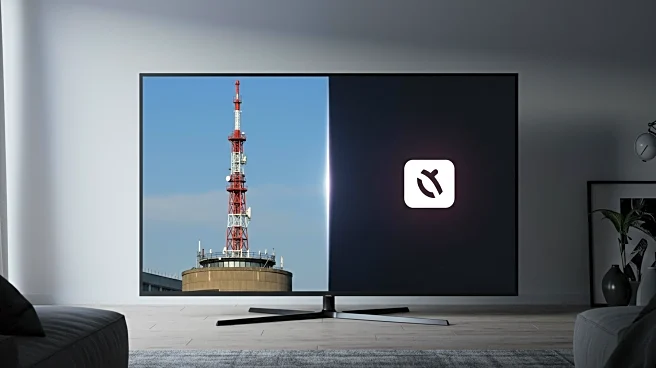What's Happening?
As streaming viewership surpasses traditional broadcast and cable numbers, brands are encouraged to unify their linear and streaming advertising strategies. This shift requires a reevaluation of how reach is measured across different platforms to optimize budget allocation. Samsung Ads reports that TV advertisers miss out on significant revenue due to siloed audience measurement, highlighting the need for integrated data solutions to improve campaign efficiency.
Why It's Important?
The convergence of linear and streaming platforms presents a unique opportunity for brands to connect with diverse audiences. By unifying their advertising strategies, companies can enhance reach and engagement, leading to better business outcomes. This approach also addresses the challenges of fragmented audiences, allowing brands to leverage targeted insights for more effective campaigns. As streaming continues to grow, brands that adapt to this new landscape may gain a competitive advantage.
What's Next?
Brands may invest in technologies that unify data across linear and streaming platforms, enabling more precise audience measurement. This could lead to improved campaign performance and increased revenue opportunities. As the industry evolves, companies might focus on developing innovative solutions to address the complexities of cross-platform advertising, fostering collaboration between tech providers and advertisers.
Beyond the Headlines
The integration of linear and streaming strategies could influence broader industry trends, encouraging brands to adopt more holistic approaches to advertising. This shift may also impact consumer expectations, as they experience more consistent and relevant messaging across platforms. Companies that embrace this change could set new standards for engagement and reach, driving long-term growth.












